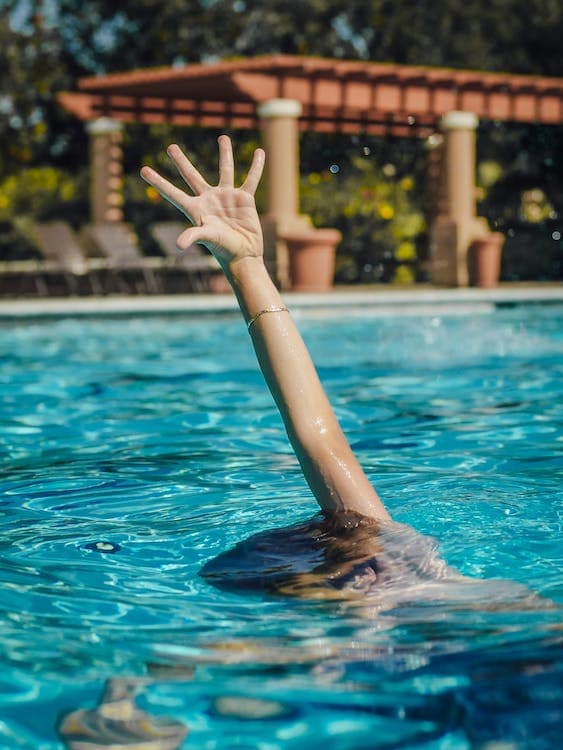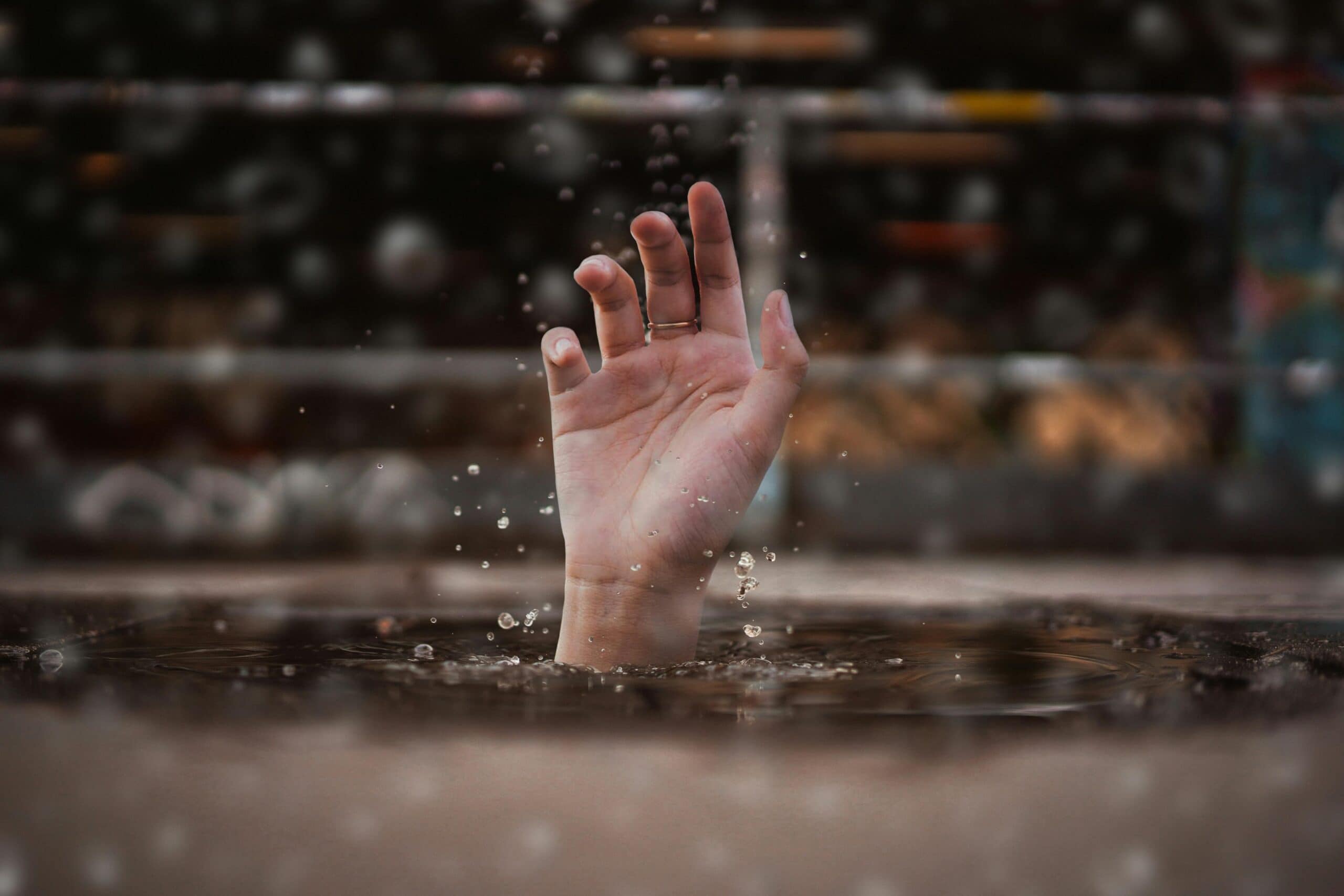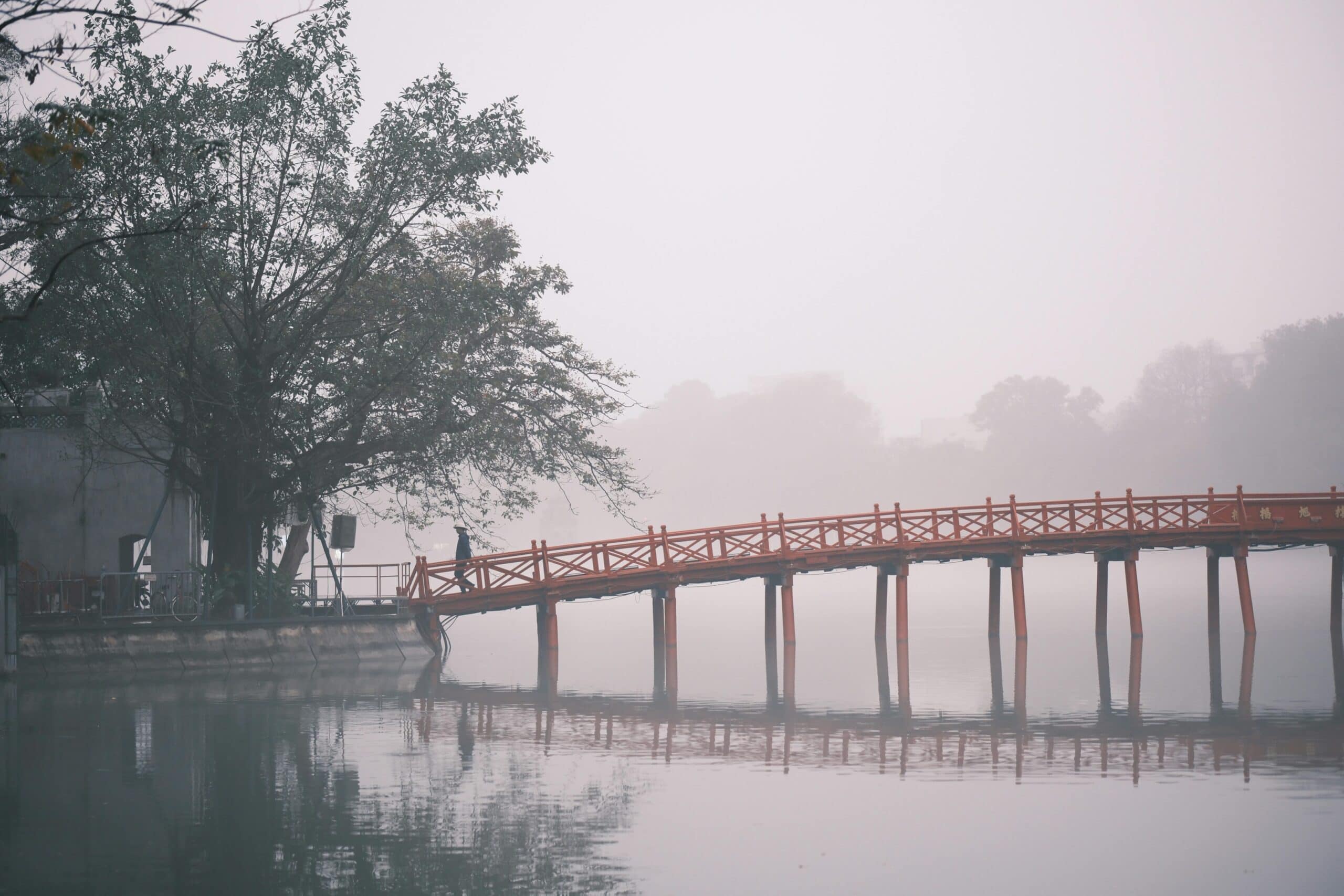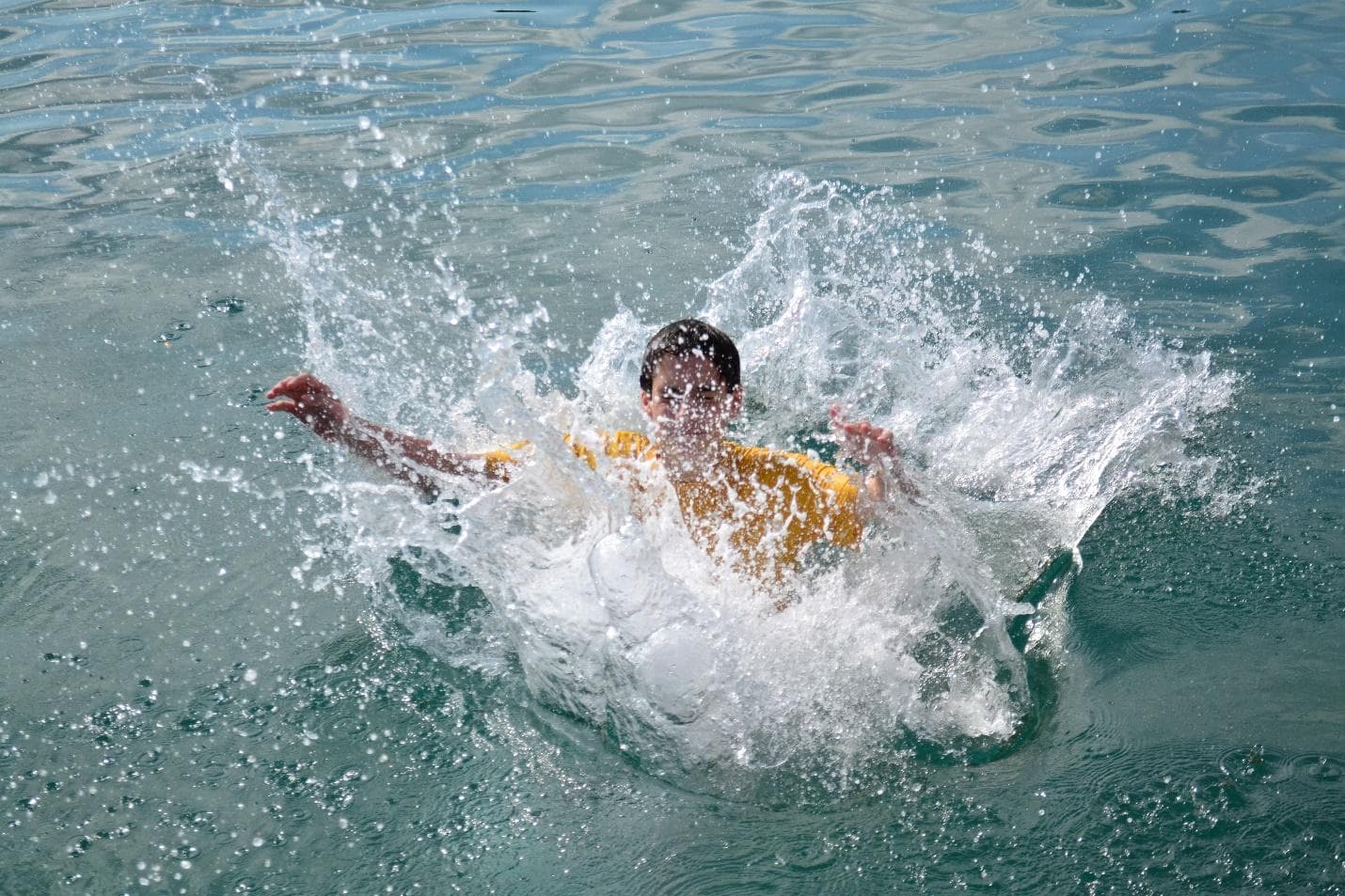
Drowning accidents are tragic events that often lead to legal disputes over liability and compensation. In many cases, these incidents result from negligence, defective equipment, or violations of safety regulations. Thus, we’ll discuss how drowning accident victims’ families can prove liability.
Drowning victims often endure immense pain and suffocation, but the emotional and financial impact on their families can be equally devastating. A wrongful death lawsuit may be pursued by the victim’s family to seek compensation for medical expenses, funeral expenses, lost wages, and pain and suffering.
This is where a personal injury lawyer can be of great help in guiding victims’ family members. They can challenge liability waivers and address other complex legal issues that might otherwise be overlooked without proper legal assistance.
Understanding Wrongful Death Claims in Drowning Cases
If you want to learn how to file a drowning death case and get compensation, understanding the legal fundamentals is essential. Surviving family members can file wrongful death claims against potentially liable parties, such as property owners, pool operators, or negligent parties who failed to prevent drowning accidents.
Establishing negligence is crucial in proving liability, as the defendant breached their duty of care. A thorough investigation into the accident scene, medical records, and safety measures in place at the time of the drowning accident can help determine who is legally responsible.
Additionally, cases involving multiple liable parties can become legally complex, requiring a thorough investigation.
Lack of Lifeguards and Liability for Preventing Drowning Accidents
A leading cause of preventable drowning incidents is inadequate lifeguard supervision. Facilities such as public pools, water parks, and hotel swimming areas are often legally required to provide adequate supervision. The failure to do so can result in drowning accident lawsuits against responsible parties.
Legal Considerations for a Successful Negligence Claim (How the Accident Occurred)
1. Premises Liability:
Under premises liability laws, property owners have a duty of care to maintain safe conditions for guests and patrons. This means ensuring that swimming pools, water parks, and other aquatic facilities are designed, maintained, and monitored to prevent accidents.
When a drowning accident occurs due to unsafe pool conditions, slippery decks, or improper barriers, the property owner may be held liable for failing to uphold their duty of care.
Liability waivers signed by visitors do not always absolve owners from responsibility if gross negligence is evident.
2. Negligence Per Se:
If a facility fails to comply with state or federal laws requiring lifeguards, it may be considered negligence per se, meaning that the breach of regulation automatically establishes liability.
For example, the lack of proper supervision in a swimming pool accident can strengthen a victim’s family’s negligence claims in court.
Certain jurisdictions mandate the presence of trained lifeguards, and ignoring such requirements can lead to substantial liability for property owners or operators in a personal injury claim.
3. Case Law:
Courts have held parties liable in cases where drowning deaths occurred due to inadequate supervision, particularly when victims were minors or individuals with known vulnerabilities.
In some cases, property owners have been found at fault for failing to provide clear warning signs, properly maintain lifeguard schedules, or ensure staff training in emergency rescue techniques.
Legal precedents establish that failure to provide adequate supervision in drowning incidents can result in a wrongful death lawsuit for a drowning case.
Pool Safety Violations and Drowning Accidents & Safety Measures
Swimming pool accident cases often involve violations of established safety standards. Issues such as improper fencing, lack of warning signs, or failure to maintain water clarity can significantly increase the risk of a fatal drowning accident.
Common Safety Violations:
Pool safety violations are a major concern, and the 5 myths related to drowning accident cases can further complicate liability claims. Therefore, it’s necessary for everyone to educate themselves on this matter. Here’s what you need to know:
1. Unsecured Pool Areas:
Many states require fences with self-latching gates around residential swimming pools to prevent unauthorized access.
Without proper barriers, children and unauthorized individuals may enter the pool area and be at risk of accidental drowning. Inadequate fencing is a leading cause of drowning deaths in residential and commercial properties.
2. Lack of Warning Signs:
Public pools must have clear signage indicating depth levels, shallow water warnings, and other critical safety information. Signs such as “No Diving,” “Shallow Water,” or “Slippery When Wet” help prevent swimming pool accidents.
When these warning signs are missing or not clearly visible, pool owners may be held liable for drowning incidents that occur due to a lack of hazard communication.
3. Negligent Maintenance:
Failure to address broken ladders, slippery surfaces, or malfunctioning pool lights can contribute to drowning incidents. Property owners and operators must conduct regular inspections to identify and repair hazards.
Malfunctioning safety equipment, such as emergency flotation devices or pool drains, can also lead to liability claims in a drowning lawsuit.
If a fatal drowning accident occurs due to poor maintenance, victims’ families may file a wrongful death lawsuit to seek compensation for damages.
4. Legal Impact and Who Can Be Held Liable for Drowning
When a drowning accident occurs due to these violations, the property owners or pool owners may be held liable for the drowning. Similarly, a wrongful death lawsuit can seek compensation for medical bills, funeral costs, and other damages.
Additionally, private pool owners must comply with safety regulations to prevent drowning accidents. If you feel like all of this is too much for you, you should know that drowning accident attorneys can be of great help in tragic times. They can help understand the legal impact, ensuring you get good compensation for the incident.

Defective Drain Cases and Entrapment Drownings
Pool drain entrapment is a particularly dangerous hazard, often caused by defective or improperly maintained pool drainage systems. When a drain cover is missing or defective, the suction force can trap swimmers, leading to serious injuries or drowning deaths.
Legal Precedents:
- Virginia Graeme Baker Pool and Spa Safety Act (VGB Act): Enacted to prevent drain entrapment injuries and fatalities, this law requires anti-entrapment drain covers in public and commercial pools.
- Product Liability Claims: Manufacturers, distributors, and maintenance companies can be held liable if a defective pool drain contributes to a drowning lawsuit.
- Negligence Claims: Property owners who fail to install compliant drain covers or conduct regular maintenance may also be found negligent. These kinds of cases are also pretty common with dive-related incidents that can be a good learning point.
Landlord Negligence in Drowning Cases and their Examples
Landlords who own residential swimming pools have a legal duty to ensure their tenants and visitors are safe. When they fail to implement proper safety measures, they can be held liable in wrongful death claims.
1. Failure to Install Safety Barriers:
Many local laws require landlords to enclose pools with proper fencing. A lack of barriers allows children and unauthorized individuals to access the pool area, increasing the risk of drowning.
Moreover, pool gates should be self-latching, and pool covers should be in place when the pool is not in use. This simple step can save plenty of accidents, keeping everyone safe.
2. Lack of Maintenance:
Dirty or murky water, broken ladders, and unaddressed pool hazards increase drowning risks. Malfunctioning pool lights, faulty filtration systems, and hazardous pool surfaces can also contribute to accidents. Regular inspections and timely repairs are necessary to prevent such risks.
3. Failure to Warn Tenants:
Landlords must notify tenants of any known safety hazards related to the swimming pool. If the pool has no lifeguard on duty, clear signage should inform tenants.
Additionally, landlords should provide safety guidelines and ensure that all pool equipment, such as life rings and pool covers, is in good working condition.
4. Legal Cases:
In multiple accident cases, courts have ruled against landlords for failing to take reasonable safety precautions. If a fatal drowning accident occurs due to landlord negligence, surviving family members can file a wrongful death lawsuit to recover damages.

How Drowning Accident Victims’ Families Can Prove Liability
To succeed in a wrongful death lawsuit, the victim’s family must prove negligence by showing that the at-fault party failed in their duty of care. Establishing negligence involves several critical steps:
1. Duty of Care:
The first step in a wrongful death claim is demonstrating that the responsible party owed a legal duty of care to the drowning victim. Therefore, property owners, landlords, pool operators, and other responsible entities are obligated to take reasonable precautions to prevent drowning accidents.
This includes ensuring pool safety through fencing, lifeguard supervision, warning signs, and properly maintained facilities.
In some cases, the duty of care extends beyond the property owner to include manufacturers of defective pool equipment, maintenance companies, and even event organizers.
2. Breach of Duty:
Once the duty of care is established, the plaintiff must prove that the defendant breached this duty through negligence, recklessness, or a failure to act.
This could include failing to install safety barriers, not maintaining pool drainage systems, neglecting to warn of hazardous conditions, or ignoring known risks.
A breach of duty may also occur if a lifeguard is unqualified, inattentive, or absent, thereby failing to provide adequate supervision to prevent a drowning accident.
3. Causation:
Proving causation requires establishing a direct link between the defendant’s breach of duty and the drowning accident. The plaintiff must show that if the defendant had taken proper precautions, the victim’s death would not have occurred.
For example, if a property owner failed to repair a broken pool gate, allowing an unattended child to access the pool and drown, the breach of duty (failure to repair) is directly tied to the tragic outcome.
However, causation often requires expert testimony, surveillance footage, and witness accounts to reconstruct how the accident occurred and demonstrate that the defendant’s negligence was a substantial factor in the drowning death.
4. Damages:
The final element in a wrongful death claim is proving the damages suffered by the victim’s family due to the fatal drowning accident. Damages in wrongful death lawsuits typically include:
a) Economic Damages:
These are measurable financial losses such as medical expenses, funeral costs, lost wages, and loss of future earnings of the deceased.
b) Non-Economic Damages:
These include emotional suffering, loss of companionship, and pain and suffering endured by surviving family members.
c) Punitive Damages:
In cases involving gross negligence or intentional misconduct, courts may award punitive damages to punish the at-fault party and deter similar conduct in the future.
A successful negligence claim often requires substantial evidence, including medical records, accident scene photos, expert testimony from medical professionals and forensic investigators, and documentation of prior safety violations.
Legal teams often work with accident reconstruction specialists to illustrate how the accident occurred and strengthen the case against the defendant..

Legal Precedents Influencing Drowning Accident Lawsuits
Several key legal precedents have shaped the way courts handle wrongful death claims in drowning cases. These cases help establish liability frameworks for different drowning scenarios:
1. Weiss v. City of New York (2009):
The court held the city legally responsible for failing to provide adequate supervision at a public swimming facility, emphasizing the obligation of municipalities to ensure public pool safety and lifeguard availability.
2. Johnson v. U.S. (2012):
A wrongful death claim was successfully brought against the U.S. government when a drowning accident victim died in a federal park due to missing safety equipment, reinforcing government liability in maintaining safe recreational areas.
3. Anderson v. Apartment Complex Owners (2017):
A tenant’s family was awarded fair compensation after proving that the landlord’s failure to maintain a secure pool area resulted in a fatal drowning accident, setting a precedent for landlord accountability in residential pool safety.
Seeking Compensation for Wrongful Death in Drowning Cases and Establishing Negligence
The final element in a wrongful death claim is proving the damages suffered by the victim’s family due to the fatal drowning accident. Damages in wrongful death lawsuits typically include:
1) Economic Damages (medical records and more):
These are measurable financial losses such as medical expenses, funeral costs, lost wages, and loss of future earnings of the deceased.
2) Non-Economic Damages:
These include emotional distress, mental anguish, loss of companionship, and the psychological impact of losing a loved one. Surviving family members may seek compensation for the trauma and suffering caused by the unexpected loss.
3) Punitive Damages:
In cases involving gross negligence or intentional misconduct, courts may award punitive damages to punish the at-fault party and deter similar conduct in the future.
These damages serve as a financial penalty for reckless behavior, such as knowingly allowing unsafe pool conditions, disregarding safety regulations, or failing to act despite previous warnings of hazardous conditions.
Final Thoughts
Drowning accident cases require careful legal analysis to determine liability and seek justice for victims. Whether due to inadequate supervision, pool safety violations, defective drains, or landlord negligence, responsible parties must be held accountable.
By understanding legal precedents and liability considerations, families can pursue rightful compensation and prevent future accidental drownings.
If you have lost a loved one in a drowning incident, consulting a wrongful death lawyer at Bourassa Law Group can help you understand the complexities of a drowning lawsuit and seek compensation from the liable party.





